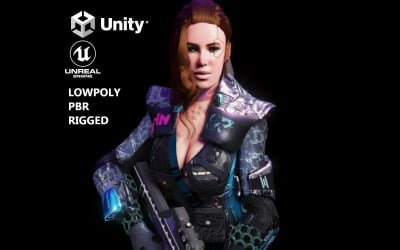

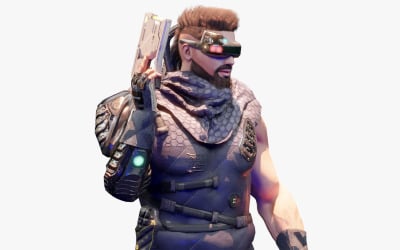
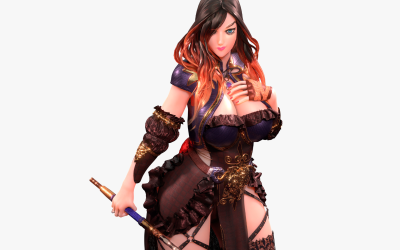
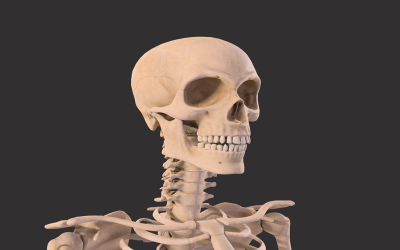
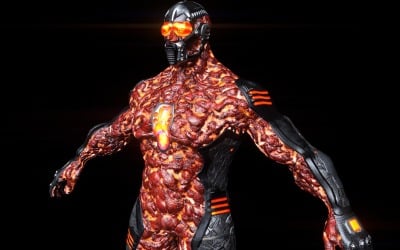
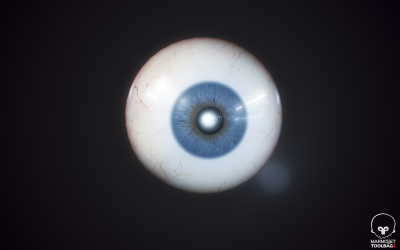
Eyeball Realistic 3dModel by khan94
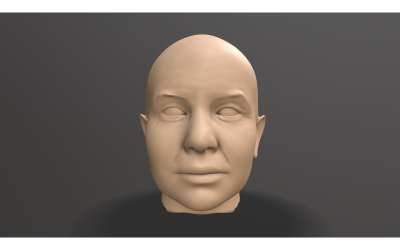
Male Head Sculpt 3D Model by Dofaco
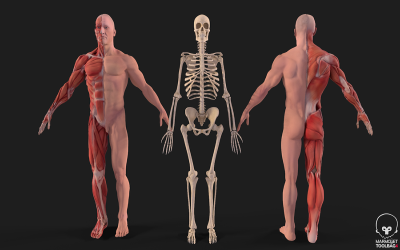
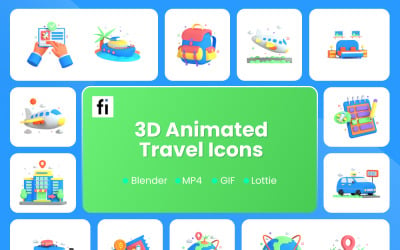
3D Animated Travel Illustration by FlatIcons
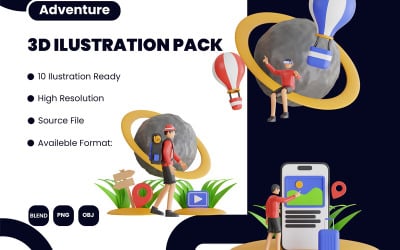
3D Illustration of Adventure by novia99design
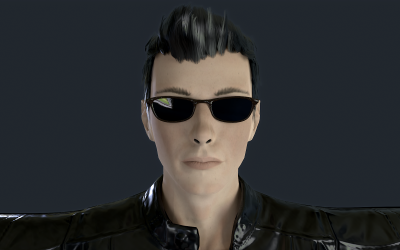
3D Agent Jz Character- Game Ready by Dofaco
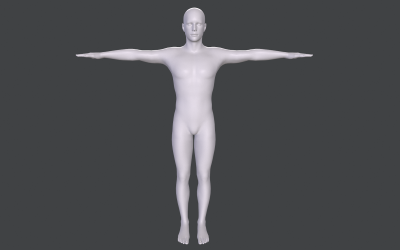
Male Base Mesh 3d Character Model by Dofaco
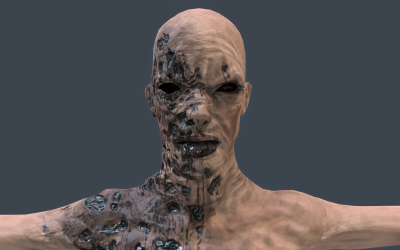
Female Zombie 3D Character Model by Dofaco
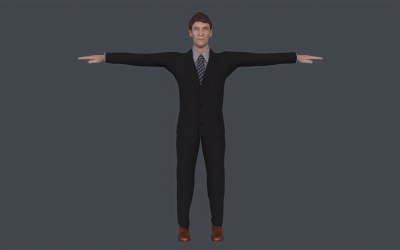
Old Classic Man Low Poly 3D Model by Dofaco
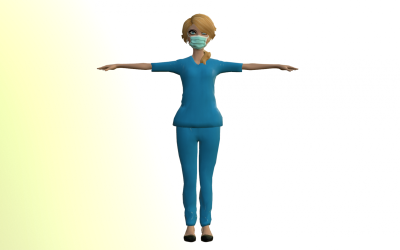
Nurse Girl - Game Ready 3D Model by Dofaco
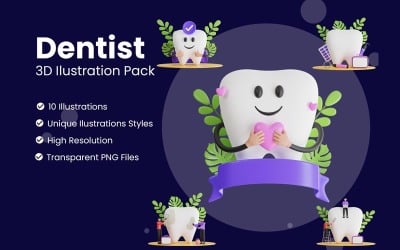
3D Illustration of Dentist by novia99design
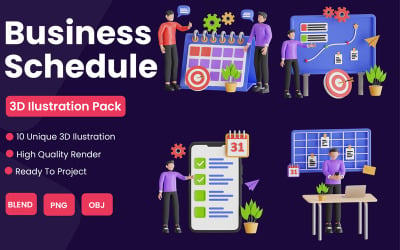
Business Schedule 3D Illustration by novia99design
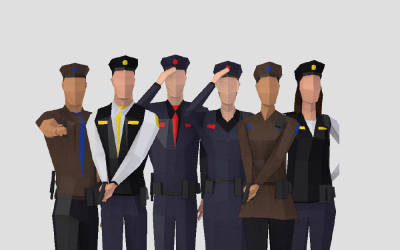
Police people 3D Model by studioochi
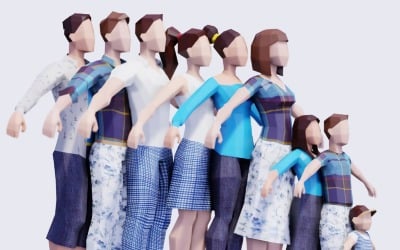
Spring Low Poly People Pack | Animated & Rigged by studioochi
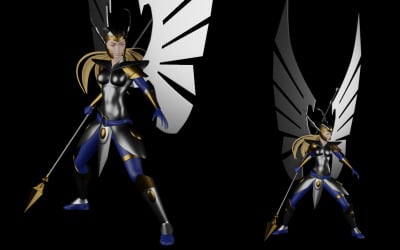
3D Woman Warrior - Military Woman by Annas
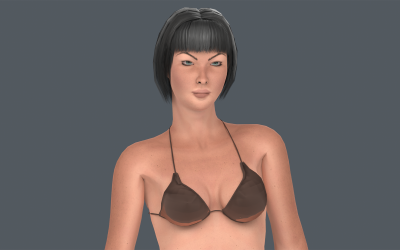
Asena Female Rigged 3D model by Dofaco
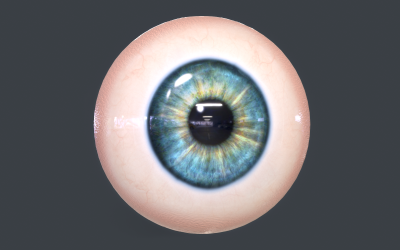
Human Eyeball Pack Low-poly 3D model by Dofaco
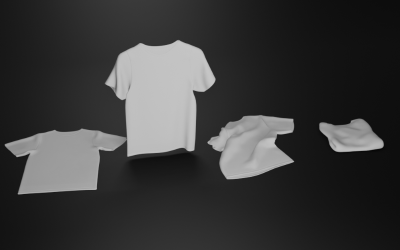
3D T-Shirt Set Model - made in blender by MoArabi
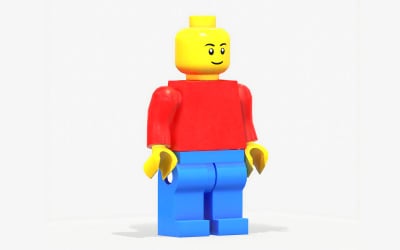
Lego Man PBR rigeed Low poly 3d model by DanielMikulik
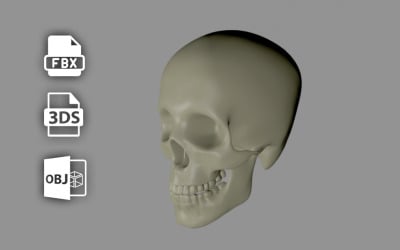
3D Human Skull - Low Poly 3D model by Ankit_Waghamare
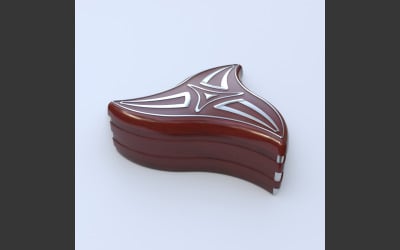
Wood Box made of red wood and aluminum by vova12zx
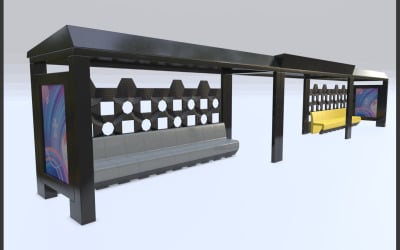
Bus Shelter made of metal and plastic by vova12zx
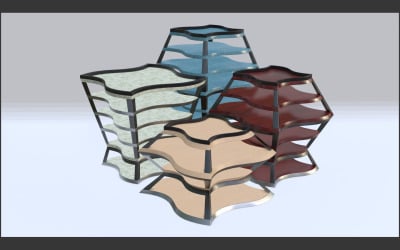
Presentable Storage made of various materials by vova12zx
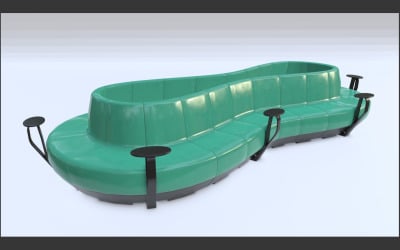
Public Bench Modern made of plastic by vova12zx

Facely - MetaPeople 3D Avatar by Illustraly
Handfluffy - Cute 3D Hand Gestures Icon Pack by Illustraly
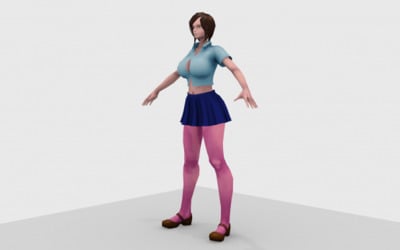
Anime Hot girl 3D model - Obj And Blender by Ankit_Waghamare
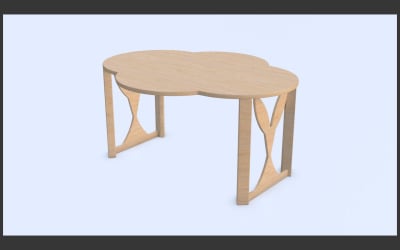
Cloudy Table made of wood by vova12zx

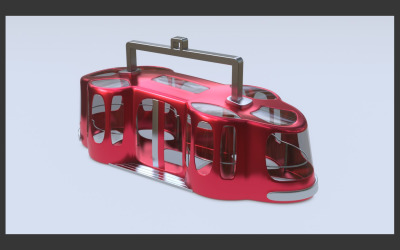
Hanging Cabin made of metal and glass by vova12zx
5 Best Best Human 3D Models 2024
| Template Name | Downloads | Price |
|---|---|---|
| Human Male Skeleton Bones Anatomy 3D Models | 0 | $44 |
| Handfluffy - Cute 3D Hand Gestures Icon Pack | 0 | $35 |
| Police people 3D Model | 0 | $31 |
| 3D Illustration of Dentist | 0 | $22 |
| Business Schedule 3D Illustration | 0 | $22 |
Realistic 3D Human Models Used in Games and Animation
Are you looking to give your game a realistic touch? Look no further than these accurate 3D human models that help create virtual characters with lifelike skin textures and dynamic hair and clothes. These three-dimensional figures of people are detailed and anatomically correct, and they bring a high level of realism. No matter if they are photorealistic avatars, cartoonish characters, or stylized creations, they add fun, humor, and whimsy to any game. With these amazing 3D objects, you can add life and motion to your designs, creating stunning visuals that truly capture the beauty of the human form.
No need to hire expensive designers; simply download these ready-made designs and transform your projects from zero to hero in no time!
What is a 3D Model of a Human Body, and How Does It Work?
Creating a 3D character that looks like a real person for games, animation, or other media is a complicated, multi-step process. It requires various software, hardware, and methods to produce a photorealistic avatar. Ideation, UV mapping, texturing, rigging and skinning, and rendering are all significant steps.
The best part of it all? You can easily skip the hard work of building from scratch and just rely on ready-to-use graphics. This makes the whole process a lot faster. In other words, highly skilled and qualified designers have already completed all the challenging work for you, making it much simpler to produce a stunning and polished final product.
How Does a Professional Artist Make a Three-Dimensional Human Body?
The current collection is very diverse, from the whole body to its individual parts. The process of making a three-dimensional person starts with designing simple shapes and forms. For example, a 3D artist may develop a cube, tweak it using a few different tools, then take it into yet another software program to make even more changes to it, and so forth. By doing this, even if their software is limited in some way, they will be able to get a natural result.
Specialists provide 3D human models for both main and supporting roles. Avatars in video games are given personalities that fit the game's story, goals, and overall themes. Even though there is no single way to classify playable character types, we can usually tell the difference between four styles:
- naturalistic,
- imaginative,
- cartoonish,
- abstract.
Each style has its own unique set of features that make it stand out from the rest. For example, a human with an imaginative style often has an unusual look that stands out. This is the case for extraterrestrials with humanoid bodies or human-like beasts. On the other hand, a cartoonish style usually refers to hand-drawn pictures that are funny and full of bright colors and features that are exaggerated for comic effect.
Steps to Build a Human Body Model 3D
In this step-by-step guide, we’ll walk you through the process of building a virtual person, from concept to animation. We'll cover the steps that 3D artists take to create a stunning project, such as conception, blocking, sculpting, topology, rigging and skinning, rendering, and animation. On this page, you can see the results of their remarkable, quality-driven work, ready for download.
Conception
Creative designers always consider the captivating story they want to tell and how they want the person they are designing to portray it. Designers will dive right into their subject to bring the character to life. Before they start crafting, they will do a lot of research and gather a lot of examples.
Also, developing an intriguing and interesting playable character is a lot more fun when you know their story and the events that shaped their personality. This makes them truly one-of-a-kind. Crafting a personality with a compelling narrative and a compelling backstory helps bring it to life in an entertaining way.
Blocking
The next step is to combine basic shapes until they take on the form desired. Cubes, spheres, and cylinders may serve as building blocks between several components that will come together to form the final product. This approach helps the graphic artist visualize how the final result will turn out.
Blocking helps determine how the final product will look and how it will work. It also helps decide how it will be built up in layers. This is done so that different parts of the topologies can be easily changed without affecting the rest of the graphic.
Sculpting
At the sculpting stage, 3D artists have a moldable object that is a "blank canvas" without any style details. They must carefully craft and add these details to bring them to life. This is a lot like how a traditional sculptor works with clay to make unique and beautiful sculptures, except that now we rely on modern technology to achieve the same results.
In particular, a designer must give a face three-dimensional features (e.g., cheekbones and a chin). Examples include shaping a long cylinder into a finger and carving out the eyes from virtual spheres. After that, further adjustments help refine the content in terms of texture, brightness, or contrast to get just the right look they are aiming for.
Topology
The topology of graphical people is their surface structure, which is responsible for how they appear in the game, movie, etc. This includes all the specific features of the face, such as the lips, eyes, and even eyebrows, which make them more lifelike. With this type of topology, gamers build characters with unique personalities and expressions that truly stand out from their peers.
Polygonal modeling is an incredibly powerful tool for topology. With the ability to easily move and animate each part of a figure, it's especially useful when working with polygons. Polygons have many corners that can be difficult to control. The technique has revolutionized 3-D animation, making it easier for artists to create designs that are amazingly complex and seamless.
Rigging & Skinning
In rigging, the character's skeleton is carefully put together. This gives animators a way to bring a virtual human to life. This means that each bone and joint of the skeleton are animated separately. This lets it move in a way that looks real and dynamic.
The skinning process is a very critical step that comes after the rigging process. This method works best for bipedal figures because it attaches the model's skeleton to its surface. This makes the character's skeleton a part of their design and lets them move realistically.
Rendering
In rendering, artists use computer graphics to create beautiful scenes and situations for 3D human models. These scenes and situations are then turned into 2D pictures that look like they were taken in real life. Artists can make beautiful images for marketing and advertising campaigns by carefully changing the lighting, camera angle, and texture of the image.
Animation
The last phase of development is animation. Designers bring animated people to life by carefully crafting their faces, gestures, and movements. To do this, experts make fine adjustments to the person's physique with the use of specialized tools. The level of detail brings them to life and makes them look as lifelike as possible.
Motion capture is a popular way for big animation studios to get their game actors to give the most realistic performances possible. This is done by having the actors make facial expressions and move their bodies in front of a special camera setup. This data is then turned into a three-dimensional computer object. With motion capture, animators ensure that their characters look incredibly real.
The Different Types of a Human 3D Model
Polygon
Designers have a unique advantage with the polygon technique because they have full control over the individual polygons (or polys) and can add movement to their work by animating each polygon separately. This makes it possible to customize in ways that would be impossible with other methods. Because of these benefits, polygonal modeling has become the standard for creating not just people but also other graphic elements.
In particular, polygonal modeling gives you the flexibility to make any kind of three-dimensional object, whether you're using high-poly or low-poly.
- High-poly objects include an abundance of polygons, resulting in an increased level of intricacy and realism when compared to their low-poly counterparts. This technique ensures that the 3D human models appear clearer and more defined from the game camera's perspective, allowing for an immersive gaming experience that feels lifelike.
- Low-poly items have cleverly simplified representations of 3D human models with a minimal number of polygons. The result is used in video games and other applications where objects and figures are far away from the game camera's line of sight. At the same time, they don't affect overall gameplay in any way.
NURBS
NURBS is a very powerful mathematical technique for designing and making smooth surfaces with complex curves. This complicated method is also called "spline modeling." Its name comes from the phrase "non-uniform rational B-splines," which shows that it is used to design complicated shapes.
A set of control points and curves defines NURBS surfaces that one can modify to create intricate shapes. This allows for greater flexibility and precision in designing complex curves and shapes.
Using this technique yields somewhat refined objects. Because of complicated mathematical formulas, the NURBS technique is not so popular for creating game characters, even though it can do very impressive things. Still, NURBS is a powerful tool that allows for high-quality, accurate projects. This is especially true in fields where smooth surfaces and accurate curves are very important.
CAD
CAD, which stands for computer-aided design, is a type of technology that relies heavily on geometric shapes and structures. To put it in simpler terms, CAD models often contain straight lines, sharp angles, and symmetrical figures but not many curves or irregularly shaped figures.
One big difference between computer-aided design (CAD) and traditional 3D graphics is that CAD files often store extra information, like the composition of the material, its weight, its size, and other details that help with the manufacturing process. This makes them far more valuable and versatile than traditional techniques.
Digital Sculpting
Digital sculpting is a very powerful and cutting-edge technology for building realistic people, organic shapes, and intricate objects. It may take a lot of trial and error, but it is worth it. It's a tried-and-true strategy that, in the hands of those who have the necessary expertise, may achieve quite remarkable outcomes.
To create an object with the exact shape and level of detail desired, a flat block (which looks much like a lump of clay) is manipulated and reshaped until it fits the original vision. This method is very interesting because it uses voxels instead of traditional polygons. This lets you access any level of detail, regardless of size or complexity.
Scan-based Modeling
3D scanning technology is a powerful way of gathering valuable information about an object. This information is gathered from its shape, size, and structure to even the tiniest of details, all with a single scan! It's an ideal tool for uncovering insights that would otherwise be hidden and helping you get a better understanding of your object.
This raw data is then fed into a computer program, which takes all of the individual points and builds full 3D human models from them. Most of the time, the thing being scanned is small and complicated. This means that the scanning process captures a very high level of detail.
Photogrammetry
This technique has a lot to do with photography. By taking a 2D photograph of an item, the software will then use complex algorithms to determine the object's dimensions and shape. This allows a user to change their project without changing the original design.
The software uses data science and graphic design to provide a virtual representation that looks just like the original design. It uses image processing techniques to find edges and curves and algorithms to figure out how big an object is in a photo. Then, this information is applied to build 3D human models that stay true to the original design and are easy for the user to change.
Features of 3D Human Models
To be successful, you need to know about PBR (Physically Based Rendering), low polygons, high polygons, rigging, and 3D printing & scanning. These features give you insight into which model is most suitable for your project and will help you create the amazing designs that you envision.
- Physically-based rendering is a powerful technology that allows for the creation of spectacularly realistic materials and textures. PBR provides incredibly genuine images with the laws of physics to produce realistic lighting and physical attributes.
- Low-poly 3D human models have become a popular choice for game development. They provide a great balance between graphical fidelity and performance requiring less computing power to render compared to higher-resolution objects. This lets developers develop games that look good while putting less stress on the system's hardware.
- High-poly items with their intricate details and stunning textures offer the perfect solution for creating ultra-realistic graphics for gaming, animation, and other creative projects. These designs are highly sought after by professionals in these fields who demand only the finest in terms of quality and accuracy.
- Rigged objects come with an underlying skeleton structure that allows them to be effortlessly posed or animated realistically. This feature makes it much easier and faster to create dynamic animations as compared to manually animating every joint and muscle.
- 3-D prints and scans are incredibly powerful technologies. They allow you to create a stunningly realistic physical representation of the original digital object. From creating intricate sculptures to replicating complex parts for industrial applications, this technology is revolutionizing the way we design, manufacture, and utilize physical products.
Building a Human Body 3D Model: Tips & Tricks
It might be challenging to come up with a convincing 3D human anatomy model. But with a few useful hints, you have a high chance of making it look like it came straight out of a movie! Here are three tips and tricks to help you get the most out of your project:
- It's crucial to pay close attention to details, ensuring that you accurately depict the object's features, including intricate skin texture and subtle nuances of muscle structure. This attention to detail will create a more realistic and convincing final product.
- Use high-resolution textures to create highly lifelike visuals. This is especially true for professional and commercial use. After all, low-resolution textures often detract from the overall look and feel.
- With micro-features such as wrinkles, pores, and other details, objects look more realistic. These small details give the impression of an individual human being, rather than a generic, computer-generated character.
- Additionally, it's important to consider the lighting and shadows. Graphic elements benefit from proper lighting because it increases the perception of realism and motion. Experiment with different lighting setups and intensities to find the most suitable for your project.
- Another tip is to study real-life anatomy references to gain a better understanding of how the human body looks and moves. Because of this insight, designers more precisely mimic human anatomy, including muscles, bones, and other elements.
- Lastly, don't be afraid to seek feedback and critique from other professionals or peers in the industry. Constructive criticism helps identify areas of improvement, allowing you to refine your work and perform a more polished final product.
3D Human Models Q&A
What are the benefits of using 3D human models?
Above all, they help businesses save time, money, and resources. From creating realistic simulations to providing visualizations for product design, 3D human models can do it all. They are also useful for training purposes, allowing companies to create virtual scenarios that are as close to reality as possible. In marketing, meanwhile, three-dimensional objects provide realistic visuals that help people relate to the product or service being sold.
What are the use cases for 3D human models?
The usage of 3D human models is on the rise in a variety of fields, including video games, movies, engineering, medicine, and architecture projects. Do you need a man in your game that looks like a real person or an accurate model of the human body for medical research? Pre-made designs have what you need. And with their ability to be easily manipulated, they can be used in all sorts of innovative ways. This allows you to create anything from hilarious cartoon characters to realistic sculptures that could easily be mistaken for real!
What software do I need to use for 3D human models?
ZBrush, Maya, Blender, and 3DS Max are some of the most popular tools used for this purpose. These tools allow for a realistic-looking 3D model human body that looks real. You can customize their features, clothes, and hairstyles, and even add a few eccentric touches. All this adds more uniqueness and out-of-the-ordinariness. Also, these tools let you create scenes that look and feel real, with detailed environments and interesting visuals. Such an approach truly brings creations to life.
What is the cost of using 3D human models?
The cost depends on the complexity and quality of the design. Prices range from as low as $10 to as high as $200. If you plan to make repeat purchases, consider a subscription-based download; it's much more cost-effective.

